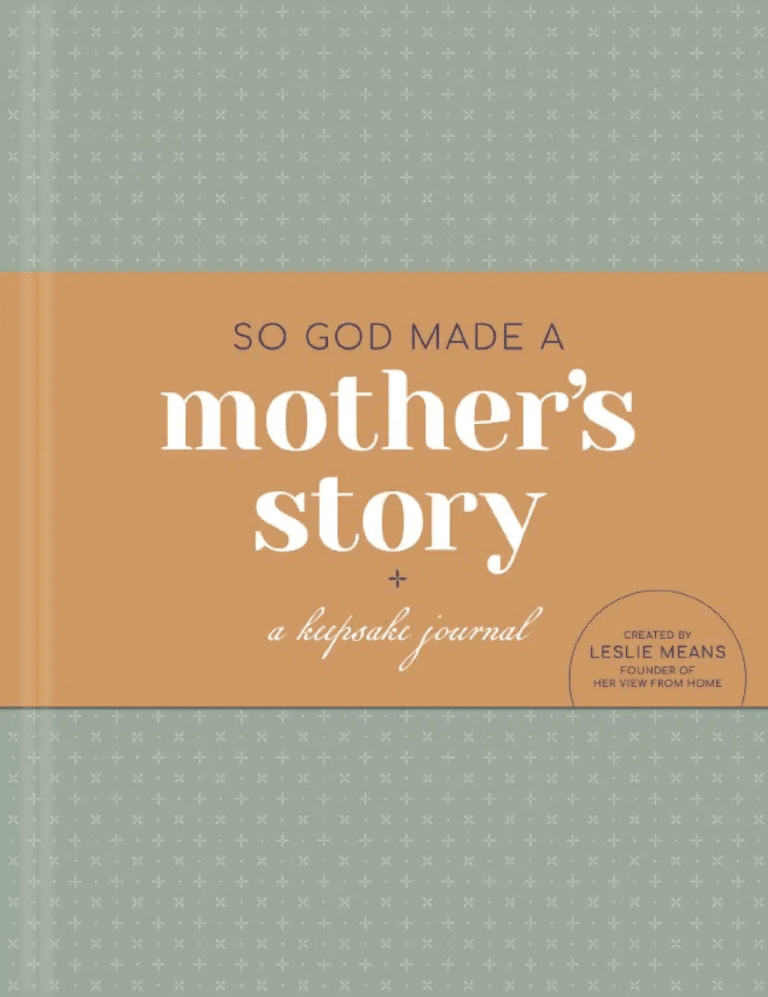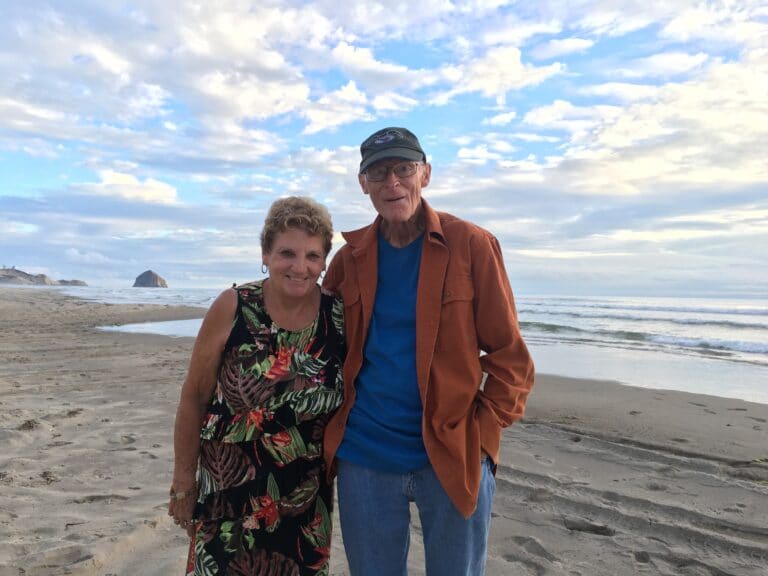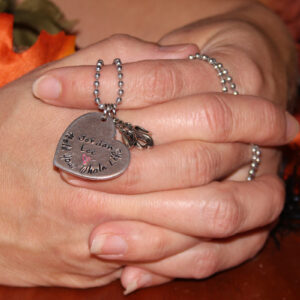Maybe if we still tore our clothes today, people would understand the grief we’re experiencing, I think to myself as I end another Zoom meeting with one of my children’s teachers. Maybe then they would understand we are still sad, we are still grappling in the dark for normal, we are still grieving.
I’m sure we aren’t the only ones who have felt this. We aren’t the only ones finding ourselves in the foreign places of life with this pandemic and strange routines. When loss and grief visit we find ourselves uprooted, unbalanced, and shaken.
Grandpa went into the hospital with a fever. He came home nine days later with a death sentence. Sixty-three hours later, we helped him pass from this world into God’s arms. He was part of a dynamic duo with my mother-in-law. Together, they’ve poured their lives into us and our kids. They moved to Nebraska eight years ago and life revolved family. Even his appointments to fight cancer and Parkinson’s.
The day he passed, he was home. Grandma was busying making waffles, Chris was helping. Elijah was sleeping and Cheyenne was driving back from college in Missouri to say goodbye.
RELATED: To the Friend Who Just Lost a Parent: You’ll Never Get Over This, But You Will Get Through It
The night before, I was up with him all night. He wanted to get up, deliriously telling me he needed to go. At 3 a.m. when the house was quiet, I lit candles and put my phone by his head—a playlist of how great, good, our mighty God is. He calmed as one song played into the next. Then the next morning, he was gone. He left in the middle of our family morning.
And now the fabric of our family is torn.
There’s this ancient Jewish practice of rendering one’s clothes called the keriah. When you lost a loved one, you entered into a formal time of grieving that involved the rendering or tearing of garments. It was a public and powerful expression of grief.
Today’s ritual is less spontaneous and more regulated: the garment is cut by a rabbi at a funeral service, as the bereaved recite words relating to God’s sovereignty. One tradition says the mourner must tear the clothing over the heart—a sign of a broken heart.
And then there were special guidelines for how the mending was handled. Depending on the loss you sustained, you might be able to permanently repair your clothing. Other losses required that you never fully close the tear. We too, as a family, are torn, in need of mending.
Tearing and mending is the best way to describe death and loss, and I’m learning we can’t really put life back together again until we’ve faced the coming apart. We’re reminded in Ecclesiastes 3:7 there is a time to tear and a time to mend. This means all of this grief is holy work. And so is the mending. Mending is also holy, sacred work.
How do you help your loved ones do holy work of tearing and mending?
Tearing and mending come in waves. We all thought we had cried our tears when they took his body to the funeral home. But the day of his funeral, the church was empty. Because of COVID, only 10 people could be in attendance. There weren’t friends and family to hold us up. There wasn’t an honorary tribute to all the years he served in the military. There wasn’t a flag given to his wife. And there wasn’t a 21-gun salute. It was just us and the pastor. The mending we thought we had made was like rough stitches torn out of the fabric only to begin all over again.
Nearly a year later, we are still stitching our family back together in the aftermath. It is a complex process, so it comes with a range of thoughts, emotions, and behaviors. We expect to feel sad, angry, confused, or even guilty about a loss, there are other behavioral changes that can be harder to understand, like changes in sleeping and eating patterns or school performance issues.
In order to help others in the process, we have to be willing to face the tearing so the mending can begin. We can’t be numbed out, detached, or look for ways to escape. We can’t check out just because we feel overwhelmed or uncomfortable.
We have to be willing to face the tearing so the mending really can begin.
We accept the fact grief comes in waves. And when it does come, be willing to talk about it. Be willing to talk about how they miss Grandpa’s massive bonfires on camping trips.
Or how they couldn’t wait for July because it meant huge batches of his savory, sought-after salsa. Or how they can’t stand to turn to FOX News because it would set off one of his hallucinations from Parkinson’s.
Don’t tell them: Don’t cry. Don’t be sad. Cheer up, at least he’s in Heaven.
Do tell them: It’s OK to be sad. It’s OK to be angry. It’s OK to miss him and talk about him. It’s OK.
RELATED: We Can’t Talk People Out Of Their Grief, But We Can Sit With Them Through it
The surest way to help anyone going through the grief process is to be present in our own lives. Wake up and choose to participate in your own reality. Because you can then be present over perfect. You can be direct instead of distracted.
The bereaved struggle with many intense and painful emotions, including depression, anger, guilt, and profound sadness. Often, they also feel isolated and alone in their grief, since the intense pain and difficult emotions can make people uncomfortable about offering support.
The most important thing you can do for a grieving person is to simply be there. It’s your support and caring presence that will help your loved one cope with the pain and gradually begin to heal.
Only then can the mending begin.
Originally published on the author’s blog

If you liked this, you'll love our book, SO GOD MADE A MOTHER available now!
Order NowCheck out our new Keepsake Companion Journal that pairs with our So God Made a Mother book!
Order Now















